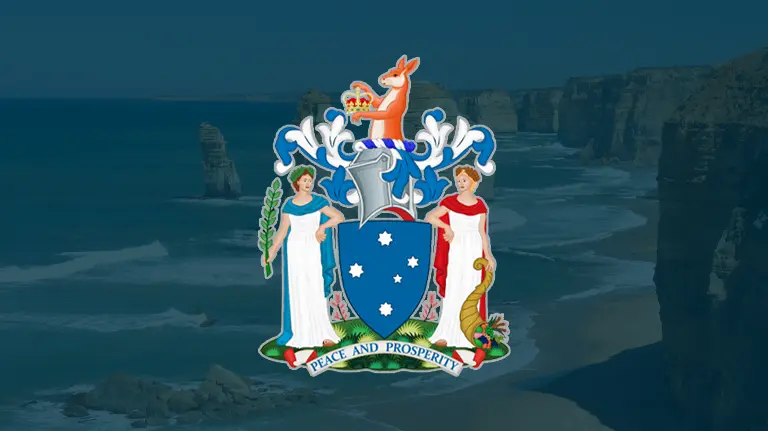When we nativists speak of Australian identity, we tend to do so as though it were a monolithic entity. We do so for practical reasons, of course; in seeking to resist the forces of multiculturalism, it is far simpler to argue against false notions of Australian identity by articulating a straightforward vision of what true Australian identity is. But we do so also because there is a degree of truth to the notion. Certainly, in choosing to federate, the six colonies were able to recognise a unifying thread of nationhood stemming from a common ancestry, a shared continent, and a growing sense of distance from the mother country. And yet the largely independent circumstances in which these colonies emerged, and the vast distances and dramatic differences in climate and geography between them, have produced distinct regional variances in language and custom worthy of recognition and celebration (and, at times, good-natured mockery) in their own right.
It was with this view that the men of the Australian Natives’ Association Victorian branch gathered at a hotel in Melbourne (pronounced MAL-bourne) over the weekend to commemorate Victoria Day, the anniversary of the founding of our fair state on 1 July 1851 as the Colony of Victoria. Following the consumption of some pots of lager (i.e. 285mL glasses) and discussions on football (a term sometimes incorrectly applied to rugby league but here used in its proper sense to refer to Australian rules), the evening’s formal proceedings began with a speech detailing the occasion being commemorated and a history of events that led to it. This comprised John Murray’s historic landing at and claiming for the Crown of Port King, soon afterwards named Port Phillip, in 1802; David Collins’s ill-fated attempt at establishing a penal colony at Sorrento in 1803, from whence the legendary convict William Buckley made his daring escape and lived among the Wallaranga Aboriginal tribe for 32 years; the famous expedition of Hume and Hovell to the Port Phillip region from Sydney throughout 1824 and 1825, through which its rich farming potential was established; the founding by Edward Henty in 1834 of Portland, the state’s oldest permanent settlement; the race between rival Vandemonians John Batman and John Pascoe Fawkner throughout 1835 to be first to settle Port Phillip itself, which led to the founding of Melbourne and the establishment of the Port Phillip District under the Colony of New South Wales; and, finally, formal separation from New South Wales in 1851 to become Victoria, which allowed for the emergence of “Marvellous Melbourne” in the late 19th century by ensuring that much of the enormous wealth generated by the goldrush of the 1850s and 1860s was retained locally rather than flowing north to Sydney. This speech was followed by three gruelling rounds of Victorian-themed trivia, through which attendees vied for the title of greatest state patriot, or “stateriot”, by demonstrating their knowledge of Victorian emblems and geography and famous colonial faces and dates. Such was the fierceness and evenness of competition at the head of the leaderboard that correctly identifying the height of our tallest peak – Mount Bogong at 1986m, for what it’s worth – was ultimately required to break the tie and seal victory; but, although there could only be one winner, all present left with an improved knowledge of their common heaths and Cape Howes, their helmeted honeyeaters and Hamilton Humes, and an enhanced appreciation of our beloved state.
We extend a belated happy Victoria Day to all fellow “cabbage patchers”, and we encourage all true Australians to embrace the distinctive contribution of their own state or region to our broader Australian story and identity.
M.J. Brown
Governor – ANA Victoria
